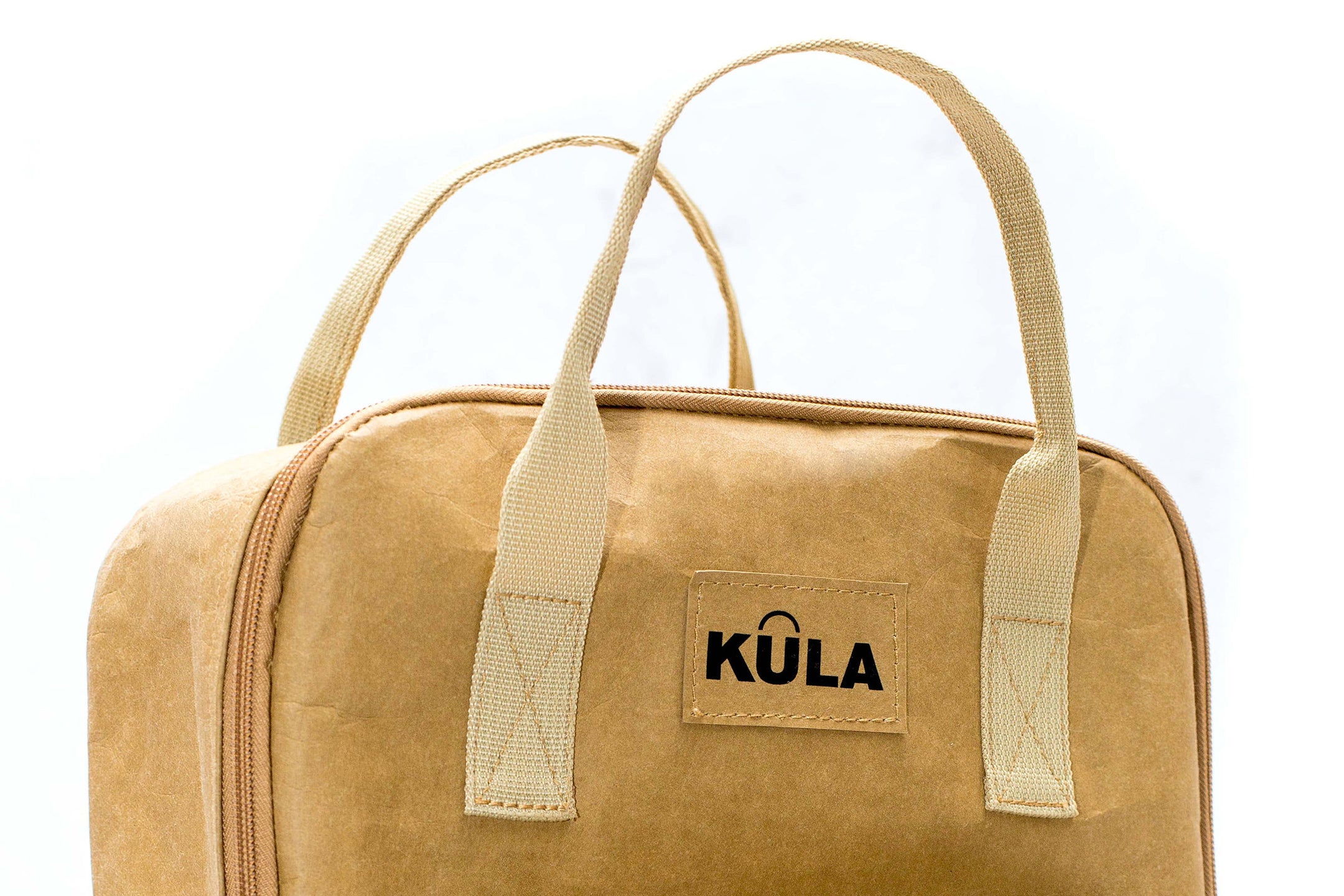Fast Fashion vs Slow Fashion
The debate between fast fashion and slow fashion is a hot topic of conversation at the moment, but what do these phrases really mean? To understand each sector and its impact on society and the environment, check out our digest below:
What is fast fashion?
Fast fashion is often defined as mass-produced clothing that is created with cheap materials and poor ethical and environmental standards. These garments are also produced to mimic the latest trends and are sold at low prices to encourage overconsumption.
There are several distinguishing factors of fast fashion, including:
Mass production
Clothing is mass-produced with a fast turnaround time. Many fast fashion brands churn out around 12 seasons of clothing and sell products at rock bottom prices to encourage purchases. This method of production uses cheap material and results in poor quality garments.

Exploitation of workers
Fast fashion brands produce clothing where labour and manufacturing costs are cheapest. A report by the Guardian in 2019 highlighted that garment workers in Bangladesh were paid around 8,000 Taka (£73.85) a month. This is not a typical 9-5 workday either, many garment workers work long hours due to the low pay. Several factories also have extremely poor working conditions and a lack of care when it comes to fundamental human rights. The Dhaka garment factory collapse where 1,134 people tragically lost their lives is an example where basic standards were not met.
Environmental impact
Another significant element of fast fashion is its impact on the planet. The overconsumption and mass production of garments means that brands use cheap materials and toxic dyes to create new clothing. Fashion is reported to be the biggest polluter of clean water after agriculture. At the same time, materials such as polyester are produced from fossil fuels and microplastics, which have a lasting negative effect on the environment.
Waste
The mass production of clothing also contributes to the volume of waste the fashion industry produces. Clothing is not made to last, and most people only wear garments a few times before it ends up in landfill. The Waste and Resources Action Programme (WRAP) reported that an estimated £140 million worth of clothing goes into landfill each year!
What is slow fashion?
The Slow Factory describes slow fashion as all things “eco,” “ethical,” and “green” in one unified movement… the ‘slow approach’ intervenes as a revolutionary process in the contemporary world because it encourages taking time to ensure quality production, to give value to the product, and contemplate the connection with the environment.
There are many benefits that slow fashion brings to society and the environment, including:
Slow production
In slow fashion, emphasis is placed upon producing garments that are more environmentally friendly and made to last. The quality of product is higher, and consideration is taking throughout the process to ensure garments are created in ethical and eco-conscious conditions.

Sustainable materials
Slow fashion production involves using sustainable materials that do less harm to the planet. Some examples include using organic cotton, hemp, bamboo, linen and paper. There is also a focus on reducing waste; so recycled fabrics are sometimes used to limit the amount going to landfill.

Why is slow fashion better than fast fashion?
In short, buying slow fashion garments and accessories means you are taking a conscious approach to your style choices. This movement considers the societal, environmental and economical impacts of garment production and fosters an awareness of responsibility to people and the planet.
